A Physical Condition – Not “All in the Mind”
At Chronic Health Recovery Clinic, we work from the understanding that conditions like ME/CFS, Fibromyalgia (FMS), and Long Covid are biophysical disorders, not psychological illnesses with physical symptoms.
This section breaks down the science behind The Perrin Technique – the theory and research that explain how dysfunction in several interconnected systems within the body can lead to chronic illness.
Back in the 1980s, Dr Raymond Perrin proposed a new understanding of these conditions. At a time when ME/CFS and FMS were largely considered psychosomatic, he hypothesised they were instead caused by breakdowns in the autonomic nervous system, which then disrupted lymphatic drainage and led to a toxic overload within the central nervous system.
These toxins, once they begin to interfere with neurological function, can cause a wide range of physical symptoms – including cognitive dysfunction, pain, and extreme fatigue.
Today, the medical field increasingly recognises these illnesses as biophysical in nature. Although much of the supporting research has developed independently, it continues to validate what Dr Perrin proposed decades ago.
For an in-depth look at the theory and clinical evidence, see Dr Perrin’s published research and studies.
The Blood-Brain Barrier (BBB)
The blood-brain barrier plays a vital role in protecting brain tissue from harmful substances in the bloodstream, while allowing essential nutrients through. It keeps the brain’s internal environment stable and healthy.
Historically, the existence of the BBB was used to dismiss the idea of a drainage system in the brain. However, modern research has revealed at least seven areas of the brain where the barrier is either absent or more permeable, allowing larger molecules, including potential toxins, to pass through under certain conditions.


Circumventricular Organs (CVOs)
Circumventricular organs are specialised areas in the brain where the blood-brain barrier is naturally more permeable. They allow hormones and other large molecules – which would otherwise be too big to pass through – to enter and exit the brain.
These organs help regulate essential processes like hormone signalling, particularly in the hypothalamus, which is a major control centre for many bodily functions.
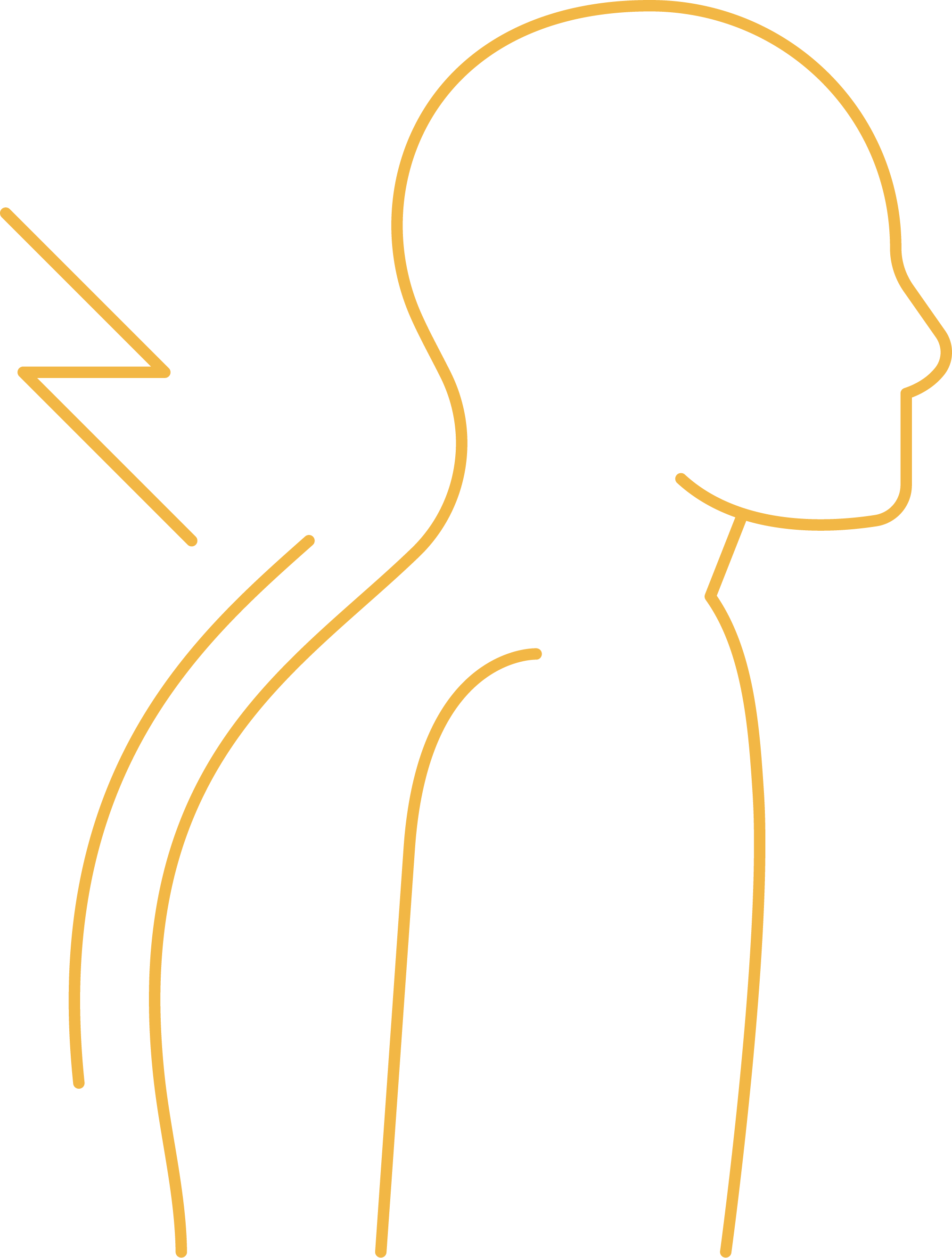

Biofeedback and Hormonal Regulation
The hypothalamus monitors and regulates hormone levels through a process called biofeedback. For example, if blood glucose levels rise, the hypothalamus sends a signal to the pancreas to release more insulin.
This system relies on the ability of CVOs to allow hormones to bypass the blood-brain barrier. However, this also opens a pathway for larger toxic molecules to potentially enter the brain – disrupting normal function and contributing to symptoms seen in ME/CFS and related illnesses.
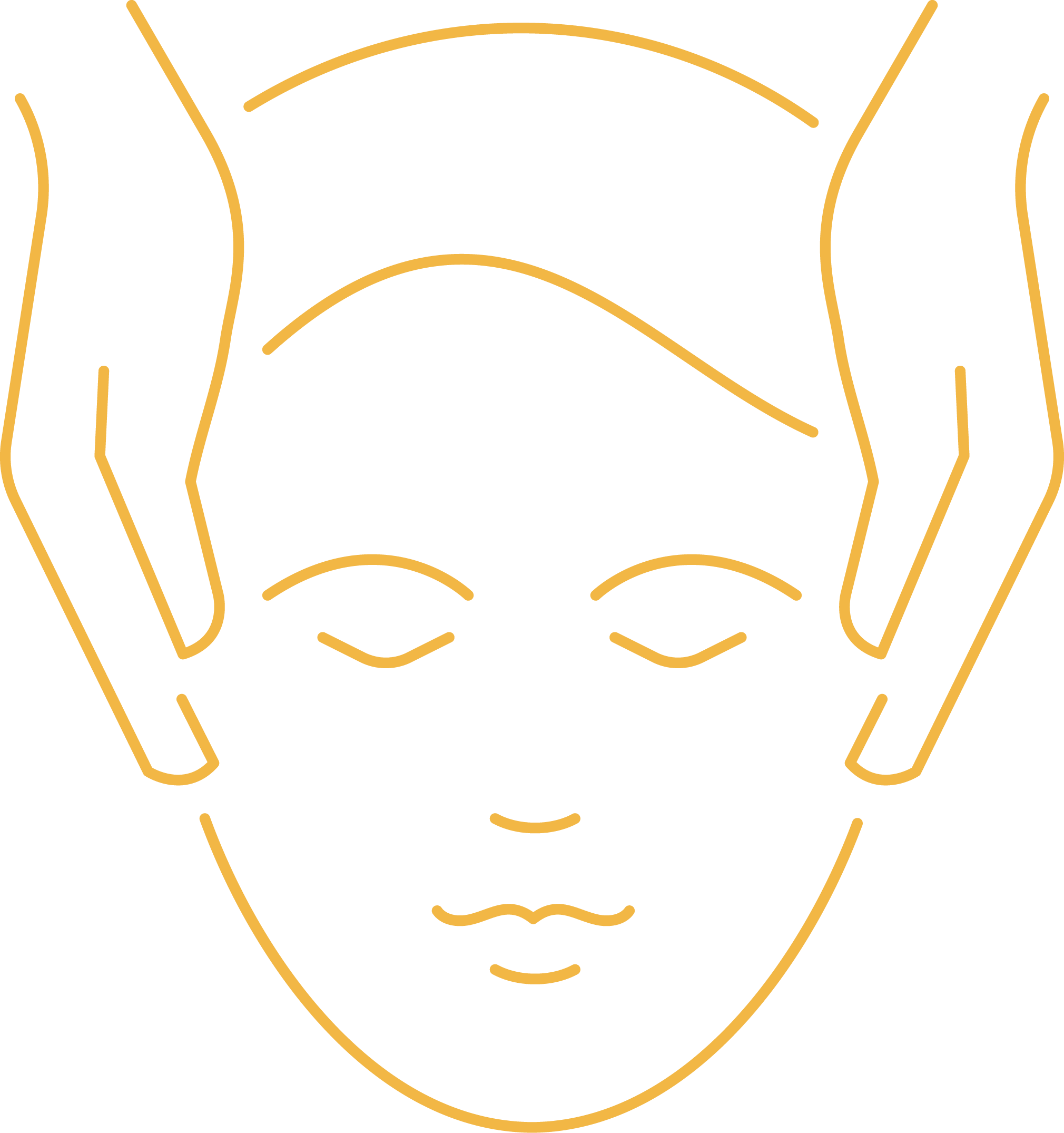

The Glymphatic System
Back in 1989, Dr Perrin hypothesised the existence of a waste clearance system in the brain – something that was initially dismissed due to the belief that the blood-brain barrier made it impossible.
In 2013, scientists officially identified the glymphatic system – named for its dependence on glial cells and its similarity to the body’s lymphatic system. This network helps clear toxins from the brain, supporting the foundations of The Perrin Technique.
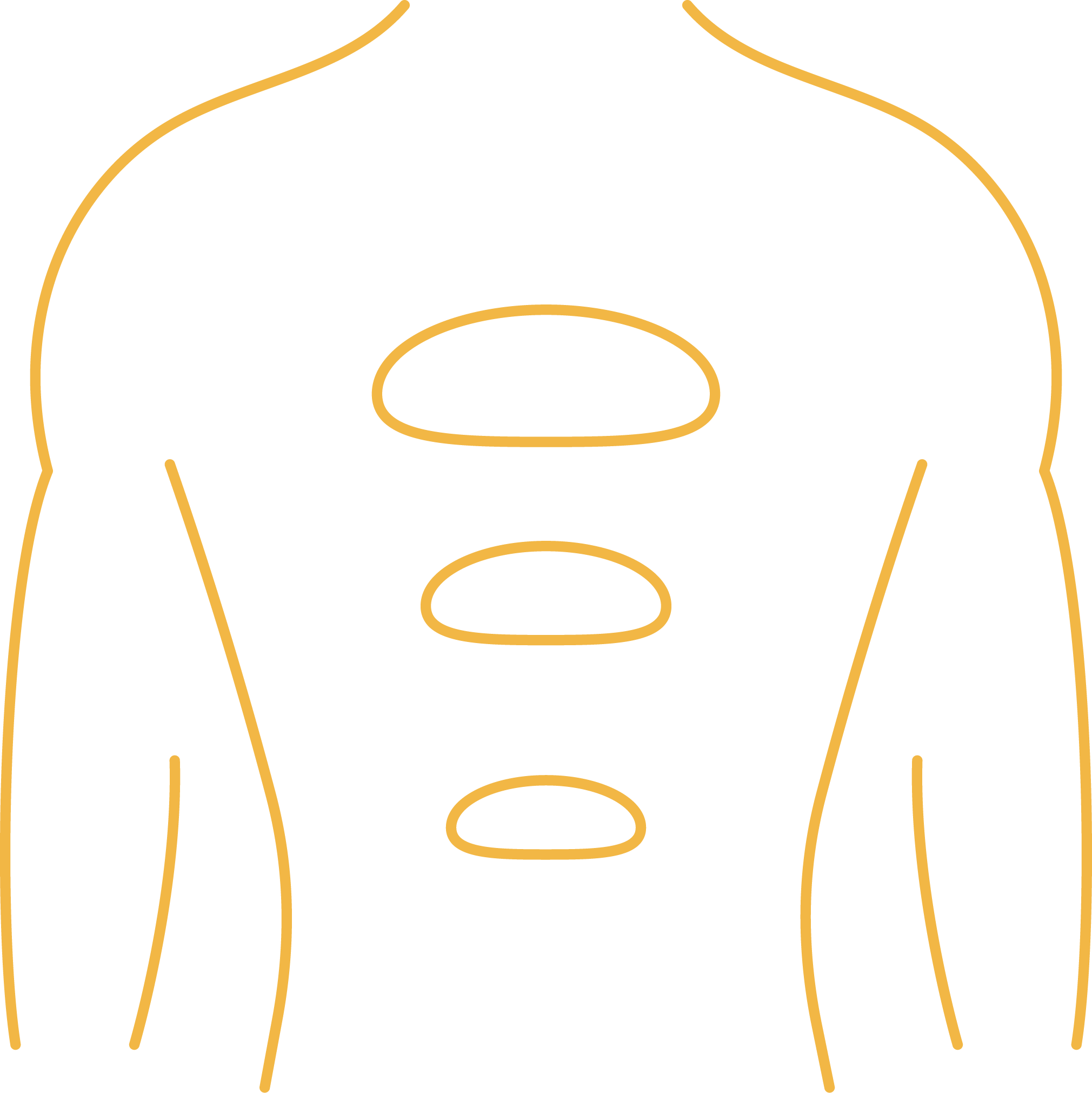

The Central Nervous System (CNS)
Made up of the brain and spinal cord, the central nervous system controls virtually everything – from conscious thought and emotional regulation to movement and organ function.
The cerebrospinal fluid (CSF) surrounding the CNS helps remove waste, moving toxins through specific drainage channels into the lymphatic system.


Brain Drainage Pathways
Toxins from the brain are carried through two main channels:
-
Paravascular spaces (alongside blood vessels)
-
Perivascular spaces (within arterial walls)
From here, toxins pass through small openings in the skull and along the cranial nerves – including the olfactory (nose), optic (eye), auditory (ear) and trigeminal (face) nerves – and down the spinal cord, entering the body’s lymphatic drainage system.
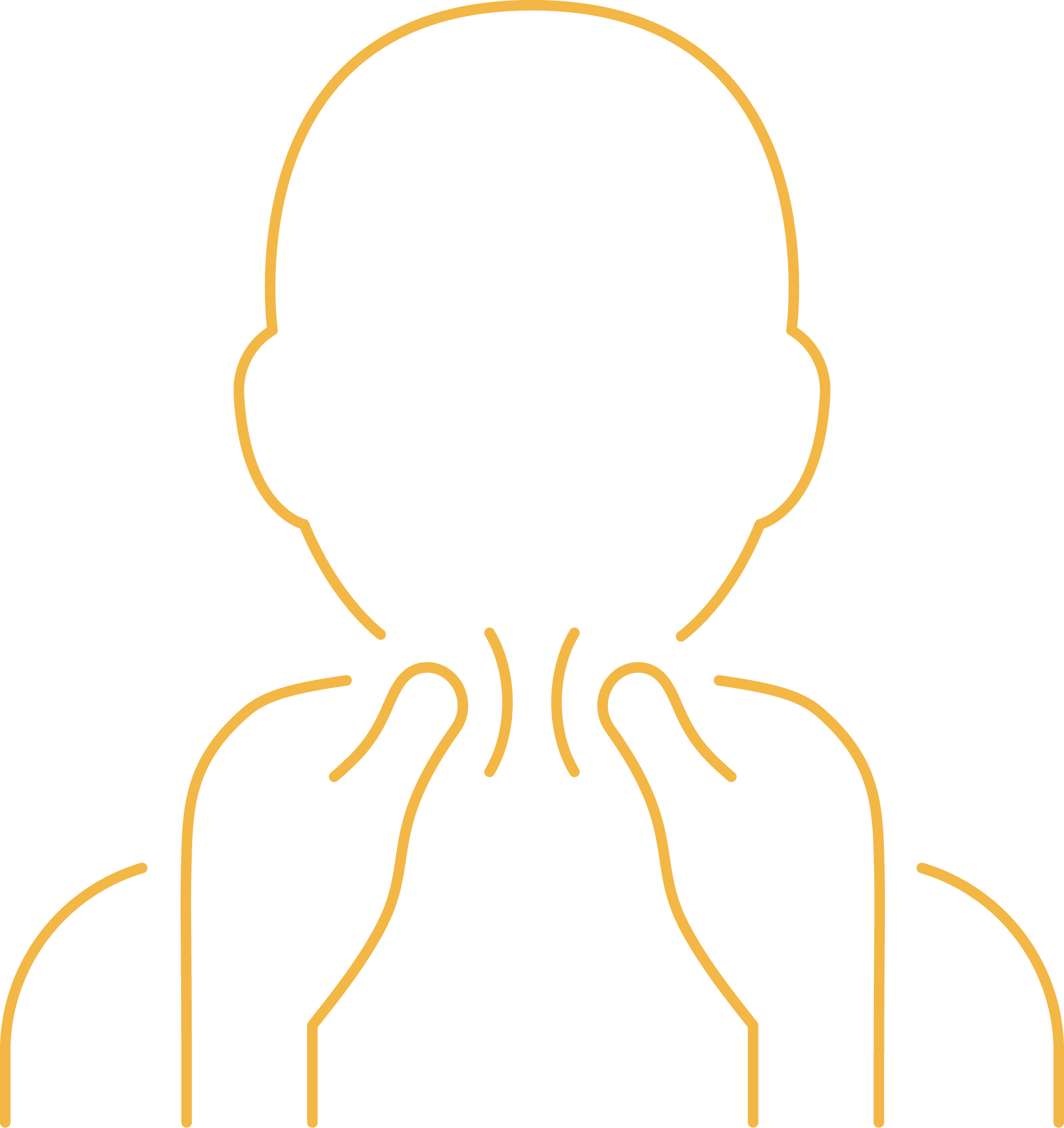

The Lymphatic System
The lymphatic system is a crucial part of the immune system. It consists of tissues, lymph vessels, and organs connected by a network of lymph nodes, which help fight infection and remove waste.
Lymph fluid carries white blood cells and transports bacteria, viruses, and toxins to the lymph nodes, where they are broken down by lymphocytes.


How the Lymphatic System Pumps
The movement of lymph through the body is powered by vessels with unique structures – similar to gills – that engulf and expel waste products. These are eventually filtered by the liver and processed out of the body.
The thoracic duct, located in the spine, is the main pumping station of the lymphatic system. It is regulated by the sympathetic nervous system.
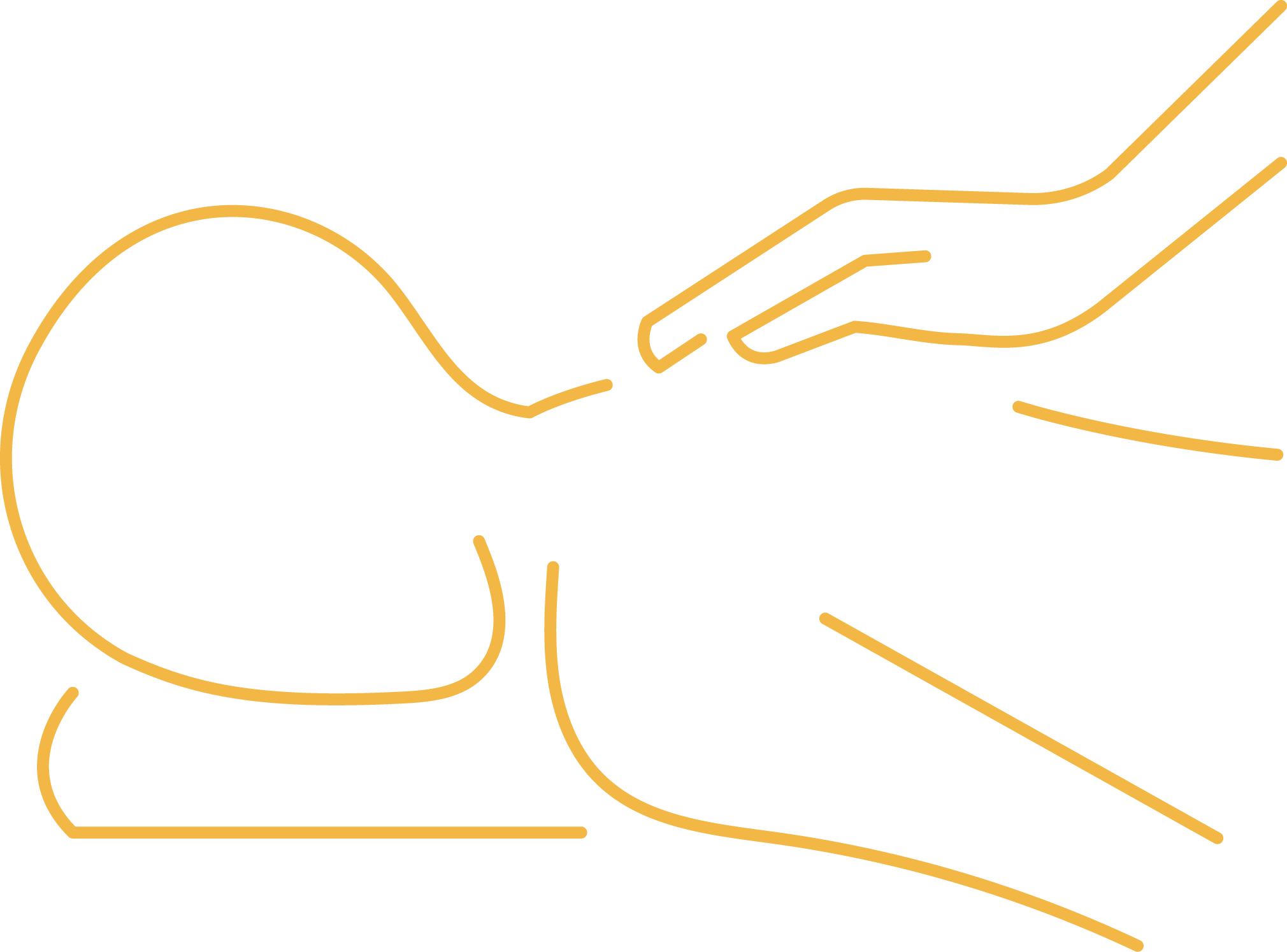

Sympathetic Nervous System (SNS) Breakdown
The sympathetic nervous system, part of the autonomic nervous system, originates in the thoracic and upper lumbar spine. It manages involuntary functions such as heart rate, breathing, and the “fight or flight” stress response.
Under chronic stress or illness, this system can become dysregulated, disrupting the lymphatic pump. In some cases, it may even reverse the flow of lymph, allowing toxins to recirculate and build up – especially around the brain and spinal cord.

Find us
Markland Therapy Centre
112 Market Street
(Side entrance on Church Street)
Westhoughton
Bolton
BL5 3AZ
Telephone

Based in Westhoughton, Lancashire, our Clinic specialises in providing treatments and therapy for people suffering from chronic illnesses that cause severe fatigue and can result in persistent headaches, cognitive issues (brain fog) and poor memory, constant muscle pain and soreness, fibromyalgia and other fatigue related symptoms.
Follow Us on Social Media
All of our team are fully insured. Our chartered physiotherapists are all registered with the Chartered Society of Physiotherapy CSP and The Health Care Professions Council HCPC.

